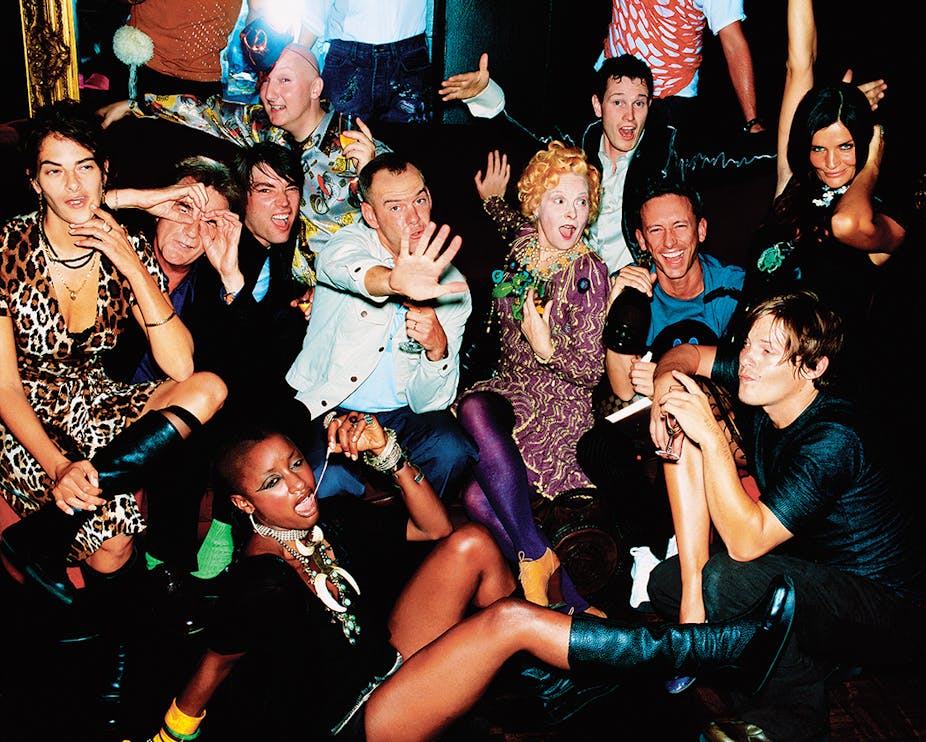Photographic exhibitions feed the celebrity industry, in the way they exalt the status of individual photographers as well as how they represent their subjects. As such, they have had a history of being treated with scepticism by the upper echelons of high culture.
Given this, the imminent opening of the Dennis Hopper exhibition at the Royal Academy inevitably causes me to reflect on my experience of big photographic exhibitions at the National Portrait Gallery during the 1990s. The gallery was a pioneer of viewing photography as art, and as such has been subject to much of this scepticism. But it was the 2002 Mario Testino exhibition that caused a real backlash.
Let’s put this in a bit of context. The National Portrait Gallery reinvented itself as a public institution by moving into the field of collecting photographs from the late 1960s when Roy Strong was a young and flamboyant director (he was appointed when he was only 31 and had already developed dandy tendencies).

From 1917, the gallery had run a photographic collection. It was called the National Photographic Record, and was a system of documentary record of people of public significance. But it was viewed by Strong as boring, full of pictures of Lord Mayors and generals, a symptom of the old establishment which he and his ilk were determined to sweep away and replace with something more meritocratic. They were driven by a belief in creative talent.
Strong ditched the National Photographic Record in 1970 and recruited Colin Ford as curator of film, photography and television. This made the National Portrait Gallery one of the first museums to take photography seriously as an artistic medium.
In 1968, Strong also mounted a spectacularly successful exhibition of the work of Cecil Beaton, which attracted large numbers of visitors and queues round the block. The museum was allying itself with the enthusiasm for all things British at that time. And photography was, and is, a mass medium with a different level of audience and public interest to traditional fine art.
By the time I arrived at the National Portrait Gallery in 1994, there was a well-established tradition of doing major monographic exhibitions by leading photographers. Nearly the first exhibition during my time there was the Annie Leibovitz, a show which consisted of carefully staged celebrity photography based on her work for American magazines, including Rolling Stone and Vanity Fair. She presented examples of her work to the permanent collection.

The following year we did a big retrospective of the work of Richard Avedon, one of the great, postwar American photographers. It had previously been shown in Cologne and Milan. I remember the heady sense of being involved with a mass medium, helped by the fact that Princess Diana came out of her period of retreat from public appearances to open it (since it was supposed to be a private event I asked her if she would prefer to leave by the back door, but she said she’d rather face the massed paparazzi again).
But neither of these exhibitions caused any public controversy. Quite the contrary. It was a way of reconnecting the National Portrait Gallery to a mass audience, and it was highly successful.
But something different happened when we opened the Mario Testino exhibition in February 2002. The fine art critics were furious. I remember a journalist taking me to one side and telling me that my reputation would never recover. I occasionally think “The Man who showed Mario Testino” will be written on my grave.

I have never quite understood why the Mario Testino exhibition hit such a raw nerve. It’s true that Testino’s work had not been conferred with the respectability of the transatlantic photographic industry, although it had been shown successfully as fine art at Timothy Taylor’s gallery in Bruton Place.
Curator Patrick Kinmonth displayed the exhibition as a series of magazine spreads rather than more tastefully in small frames. But what really annoyed people was that it was so extraordinarily successful, a cult experience, visited by huge numbers of people (more than 150,000) many of whom would not have visited the National Portrait Gallery before. I could not help but notice that the high priests of the fine art world are suspicious of, if not hostile to, work of such widespread public appeal.
So, how will the work of Dennis Hopper be judged? I suspect it will be viewed reverentially as the work of a great 1960s film director, since Easy Rider remains one of the great iconic films of the 1960s. He was very serious about his photography in the early 1960s, taking photographs with a Nikon camera, always in black-and-white. He knew how to frame and compose photographs and they are displayed as they were originally as vintage prints, mounted as if for their exhibition in Fort Worth in the early 1970s. Yes, there is a celebrity element to the exhibition through the showing of a deeply nostalgic clip of Easy Rider, but the majority of the work shows the seriousness of his early commitment to documentary and portrait photography.
I would love to think that it might be possible to repeat the shock value of the Mario Testino exhibition. But the gates of high culture have now been breached. The V&A, in particular, have done a whole series of exhibitions on aspects of popular culture, including, most recently, David Bowie. We live in a more liberal, and libertarian, age.

